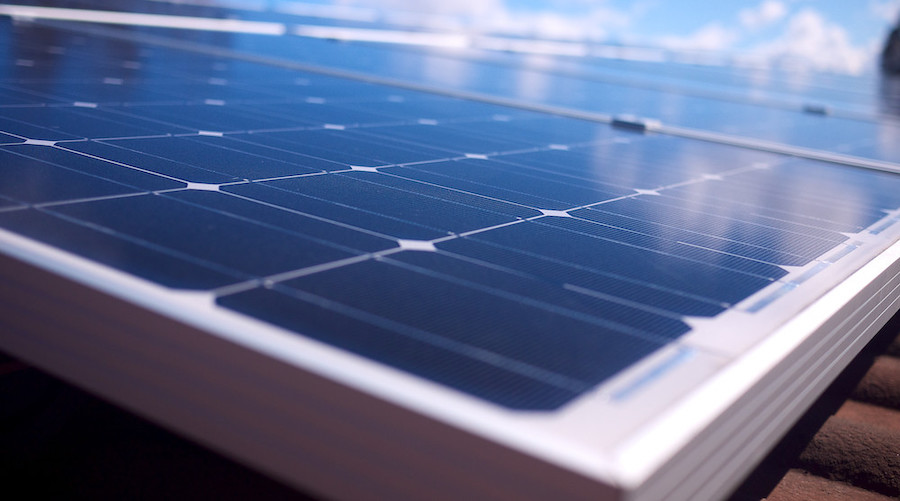
The McGill finding is considered crucial for the development of high-efficiency, low-cost solar cells and other optical and electronic devices because perovskite breaks with the limitations posed by other semiconductors, which require stringent and costly manufacturing techniques to produce crystals that are as defect-free as possible.
“Historically, people have been using bulk semiconductors that are perfect crystals. And now, all of a sudden, this imperfect, soft crystal starts to work for semiconductor applications, from photovoltaics to LEDs,” Patanjali Kambhampati, who led the research, said in a media statement. “That’s the starting point for our research: how can something that’s defective work in a perfect way?”
In a paper published in the journal Physical Review Research, Kambhampati and his team explain that a phenomenon known as quantum confinement occurs within bulk perovskite crystals. Until now, quantum confinement had only been observed in particles a few nanometres in size – the quantum dots of flatscreen TV fame being one much-vaunted example. When particles are this small, their physical dimensions constrain the movement of electrons in a way that gives the particles distinctly different properties from larger pieces of the same material – properties that can be fine-tuned to produce useful effects such as the emission of light in precise colours.
Using a technique known as state-resolved pump/probe spectroscopy, the researchers have shown a similar type of confinement occurs in bulk caesium lead bromide perovskite crystals. In other words, their experiments have uncovered quantum dot-like behaviour taking place in pieces of perovskite significantly larger than quantum dots.
Although they appear to be solid, perovskites have certain characteristics more commonly associated with liquids because they have an atomic lattice able to distort in response to the presence of free electrons.
These findings have the potential to give rise to a better understanding of how to engineer defect-tolerant optoelectronic materials
Kambhampati draws a comparison to a trampoline absorbing the impact of a rock thrown into its centre. Just as the trampoline will eventually bring the rock to a standstill, the distortion of the perovskite crystal lattice – a phenomenon known as polaron formation – is understood to have a stabilizing effect on the electron.
However, the pump/probe spectroscopy data revealed that, instead of eventual steadiness, there was an overall increase in energy in the aftermath of polaron formation.
“The fact that the energy was raised shows a new quantum mechanical effect, quantum confinement like a quantum dot,” Kambhampati said.
The scientist explained that, at the size scale of electrons, the rock in the trampoline is an exciton, the bound pairing of an electron with the space it leaves behind when it is in an excited state.
“What the polaron does is confine everything into a spatially well-defined area. One of the things our group was able to show is that the polaron mixes with an exciton to form what looks like a quantum dot. in a sense, it’s like a liquid quantum dot, which is something we call a quantum drop. We hope that exploring the behavior of these quantum drops will give rise to a better understanding of how to engineer defect-tolerant optoelectronic materials.”




